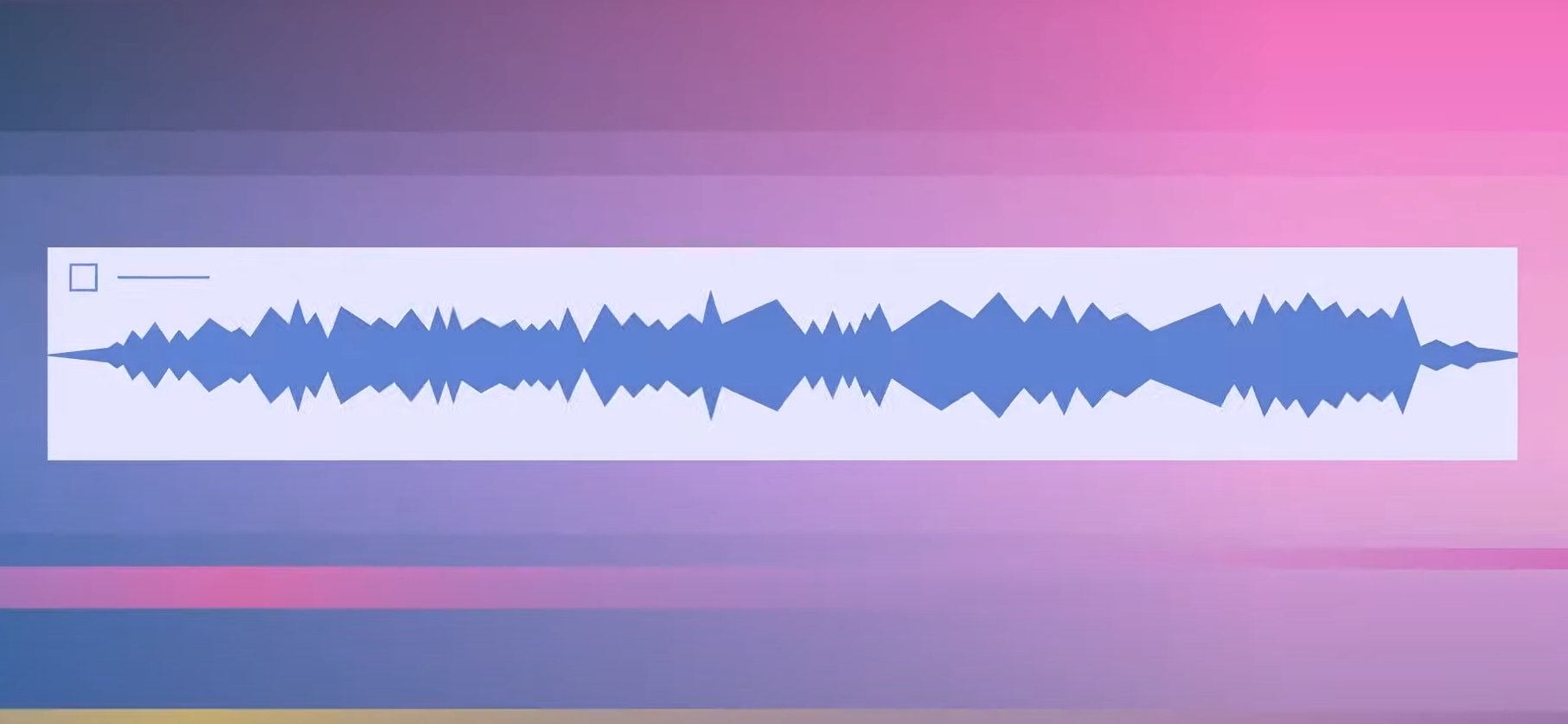[16:24 Wed,17.November 2021 by Thomas Richter] |
Most viewers probably don&t notice it, but a film technique that is also popular in Hollywood consists of slightly tilting the camera, resulting in more or less crooked images. The so-called "Dutch Angle" technique, contrary to its name, actually originated in Germany in the 1920s (and is therefore also called "German Angle") and was inspired by the Expressionist painters (in parallel also by Dziga Vertov in his avant-garde documentary "The Man with the Camera" (1929). If in "The Cabinet of Dr Caligari" (1920) only the film set is crooked, in "Nosferatu" (1922) and Metropolis (1927) crooked images are created by a tilted camera. The tilted images generated by this technique - often combined with an up or down view - make a scene look disharmonious, somehow wrong and disorienting. It is therefore often used to convey such a basic mood of a film scene to the audience, even unconsciously, based on the perspective. Later, famous films such as "Citizen Kane" (1941), "The Third Man" (1949) or "Touch of Evil" (1959) and various films by Hitchcock used this technique. Here are numerous film examples including the tilt angle: And even today, the "Dutch Angle" is still used with pleasure - Marvel&s "Thor" (2011) is downright notorious for its excessive use: An extreme dynamic version of the "Dutch Angle" was realized in the enthronement scene in Black Panther, in which the camera goes through a 180° rotation, starting with an image that is upside down: There are even special tripod heads to realize repeatable "Dutch Angle" shots with heavy cameras such as the But how do you use the "Dutch Angle" optimally in your own film and identify in which scene you use it? Here is a very instructive And how do you technically implement the "Dutch Angle"? Bild zur Newsmeldung:
deutsche Version dieser Seite: Warum die Kamera manchmal schief steht |






